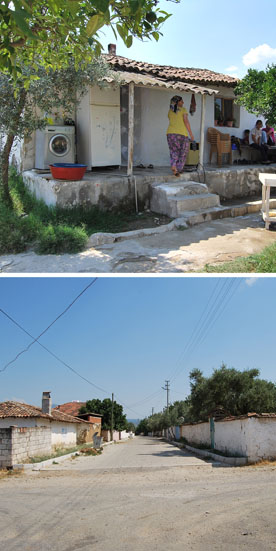Internal Colonization as a Way of Modernization? Contested Spaces in Rural Turkey before and after the Foundation of the Nation-State

When at the end of the 19th century the internal and international influence of the Ottoman Empire began to fade, first modernization and nationalization attempts were initiated to counteract this development. The foundation of the Republic at the beginning of the 20th century legitimated the young state’s desires for a unified national identity via modernization programs. In the face of war and (forced) resettlements during and after the collapse of the Ottoman Empire, the rural population was often the target of state intervention and restructuring measures. The building programs aimed at creating “modern citizens” and loyal subjects. In our joint project, we are concerned with the state-controlled planning and construction of villages in this time, and their changes during the post-war period to the present day. We aim to further investigate the motivations and consequences of such a governmental construction and ideology program leaning on the concept of Internal Colonization. Instead of merely examining the perspective of state and decision-makers, we additionally work with a clear theoretical concept of postcolonial human geography, through which the action and influence of the generally marginalized rural population in the process of creating a modern nation-state can be considered. The cooperation of an architect and an archaeologist comes with the advantage of complementing the view of diachronic change and adaptation on the one hand, with the synchronic, technical view of the current state on the other in an in-depth interpretation of these particular rural settlements.
Researchers: Vera Egbers, Özge Sezer
